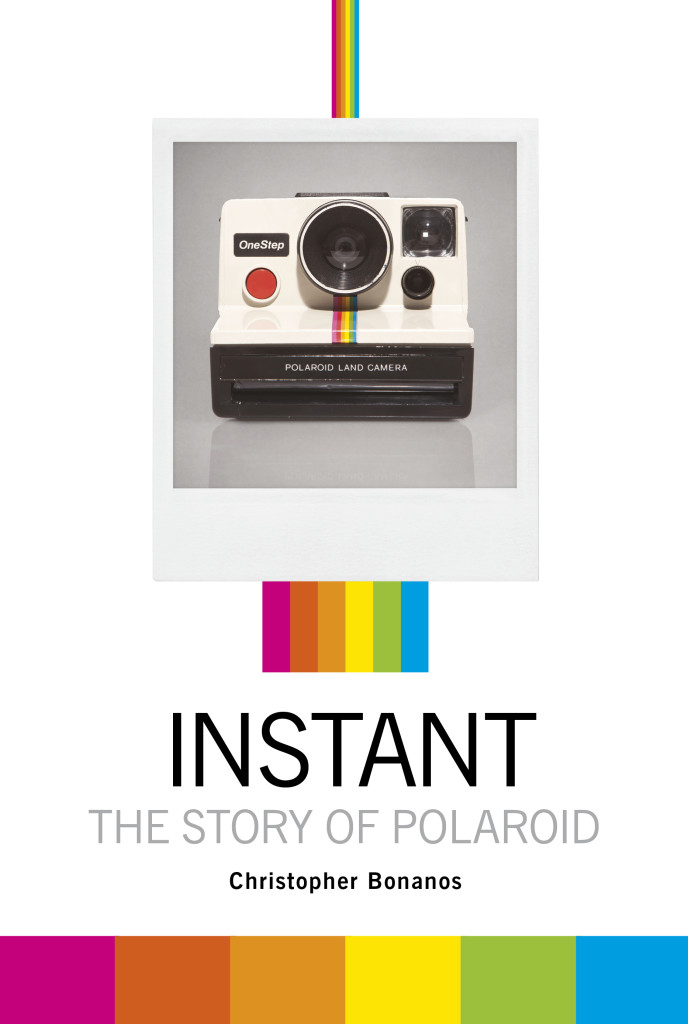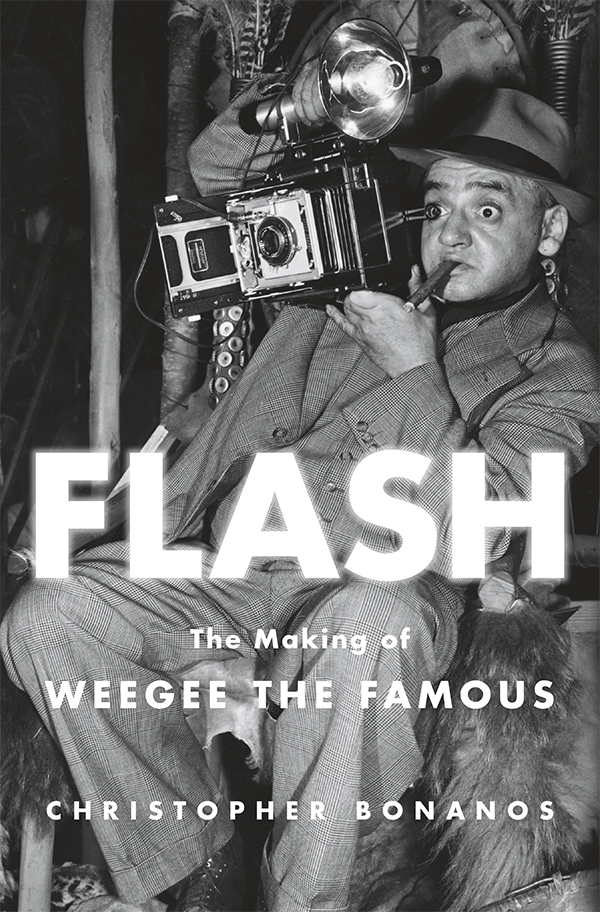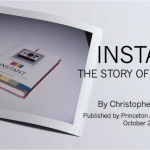I carry a Polaroid camera with me most days, and this is, hands-down, everyone’s favorite conversation-starter. The short answer is… it depends.
Briefly: Over the decades, Polaroid used nine* principal film formats, and although the company no longer makes any film, other manufacturers have picked up production for three of those. Fortunately, they are the ones for which secondhand cameras are extremely plentiful, so if you want to start shooting, you can get going without spending much money on equipment. The films still available are:
• SX-70 and 600 film. This is the stuff with the wide white border most of us think of when we think “Polaroid.” When it went out of production in 2008, a small group of enthusiasts bought Polaroid’s last operating factory, in the Netherlands, and spent a year attempting to reconstitute the recipe. They couldn’t duplicate Polaroid’s chemistry, for lots of reasons (environmental restrictions, suppliers that were simply gone, an ingredient whose factory had been destroyed by Hurricane Katrina), and had to start practically from scratch. They call themselves The Impossible Project, with good reason, and the resultant film is an evolving product, one that requires some special care and fussing. Among other things, you have to keep it shielded from light for the first couple of minutes after it ejects from the camera—otherwise it will be fogged and overexposed. Each batch of film gets a little better, and there’s a general feeling among Polaroidians that in a year or so, it’ll be much more like Polaroid’s own film was. You’ll hear much more about The Impossible Project (often called TIP) on this blog in the coming months.
•Spectra film. Similar to 600, but wider in format, it was introduced in 1986, and was extremely popular with commercial Polaroid users: police evidence departments, automobile insurance adjusters, modeling agencies, movie-set continuity checkers. It too is being made by Impossible, in the same Dutch factory.
See the “Instant Photography Today” portion of this site for the basics, and Instant Options for much more.
*There are actually more than nine, when you count large-format materials made for professional photographers and special cameras. Much more about those in future posts.
Hello! This site is (as you have no doubt figured out) a companion to INSTANT: A CULTURAL HISTORY OF POLAROID, which will be published by Princeton Architectural Press in the fall of 2012. I’m hoping the site will go beyond simply publicizing the book, becoming a gathering place for information about Polaroid photography past, present, and future. Please check back in regularly; I’m hoping to post once a day, indefinitely. And please feel free to:
• submit stories about Polaroid, Dr. Edwin Land, or anything related to instant photography
•submit scans of Polaroid photographs you’d like me to post (genuine film photos only, please no Poladroid fakes)
•comment on, praise, argue, or otherwise engage with whatever I say (just keep it civil, folks).
LEGALITIES
This site is not connected with or endorsed by Polaroid or PLR IP Holdings, owners of the Polaroid trademark.ON TWITTER
My TweetsBlogroll
- 'Insisting on the Impossible'
- Everything Reminds Me of You
- Flickr's Polaroid group
- Instant Options
- LandCameras.com
- Paul Giambarba: Analog Photography At Its Best
- Paul Giambarba: The Branding of Polaroid
- Polaroid
- Polaroid SF
- Rare Medium
- The Impossible Project
- The Land List
- The New55 Project
- Vintage Instant




